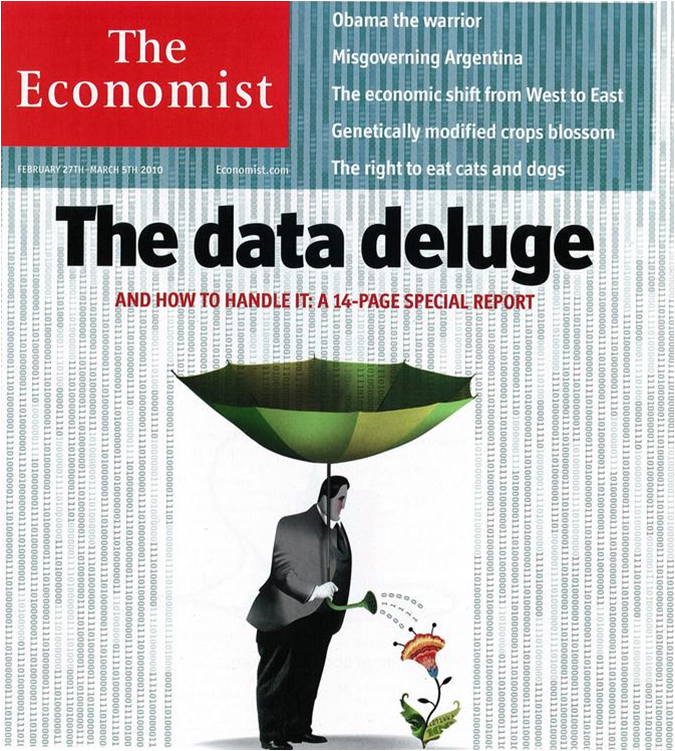HR leaders beware! There’s a new M&A in town … and it’s coming your way.
M&A is the hot acronym on the street, but it doesn’t mean what you think it does – not anymore.
Move over Mergers and Acquisitions. Meet your new friend – Metrics and Analytics.
Just like the hottest fashion, the latest technology or the coolest song, Metrics and Analytics has risen to the top of the charts and is the hottest topic of the day. However, the question is this: Is HR adequately prepared for the Metrics and Analytics wave?
More than just reports or scorecards
Before you answer, beware! Metrics and Analytics is more than just reports or scorecards. Effective Metrics & Analytics involves more than scorecard generation and regurgitation.
If you have and use reports, that’s great, but real M&A is much more involved and, unfortunately, elusive to many HR plans.
As a HR leader, here are some questions to consider then assessing if you’re ready for the new Metrics & Analytics ride.
1. Knowing the difference between reporting and analytics
Reporting is the process of gathering data and presenting facts. Static reports are generally focused on what happened in the past. They provide a rear view mirror perspective.
Forecast reporting is generally focused on data trends – extending the view forward for a period of time.
Analytics uses data to ask and answer questions, create a roadmap, draw conclusions and direct actions. Analytics is process of identifying risks, considerations, options, opportunities, and alternatives. It is the basis for building an effective HR strategy and for validating HR decisions, programs, and processes.
2. How are you using metrics today?
If you’re using data, reports and scorecards to recap what has happened, that’s good, but it’s not enough.
A good software program can do that. Data should be converted to analytics – which guides the user to make decisions, map direction and shape outcomes.
If you’re using metrics and analytics to create and validate HR strategies, validate programs and processes, and influence leadership business decisions, then you are on the right track.
3. Can a stranger produce your existing reports?
It’s likely that your immediate answer to this question is no. However, you may want to stop and seriously think about this question.
Anyone can produce a report – take historical data and plop it into a scorecard. If one has a baseline understanding of generic business trends, he or she can reasonably predict actions over the next few months by using the historical information.
So, if this is what you’re doing for your organization, you may want to rethink the real value you’re providing.
4. Using metrics and analytics to drive business decisions
M&A is package deal. It’s most effective when combined to provide useful and actionable information.
HR leaders face a perception challenge in the C-Suite – that they’re just not strategic enough. Many executives view HR as a key partner in managing resources, but don’t necessarily see HR as a strategic partner in directing business decisions like their finance and operation counterparts.
There may be multiple reasons for this, but one contributing factor is the lack of using real business knowledge and actionable analytics to drive leadership discussions and agendas. Effectively using metrics and analytics can positively impact the perception of HR’s strategic ability.
Metrics and Analytics is the new black! Everyone is talking about it, but few are actually wearing it effectively.
How does your HR organization measure up?
This was originally published on PeopleResult’s Current blog.
